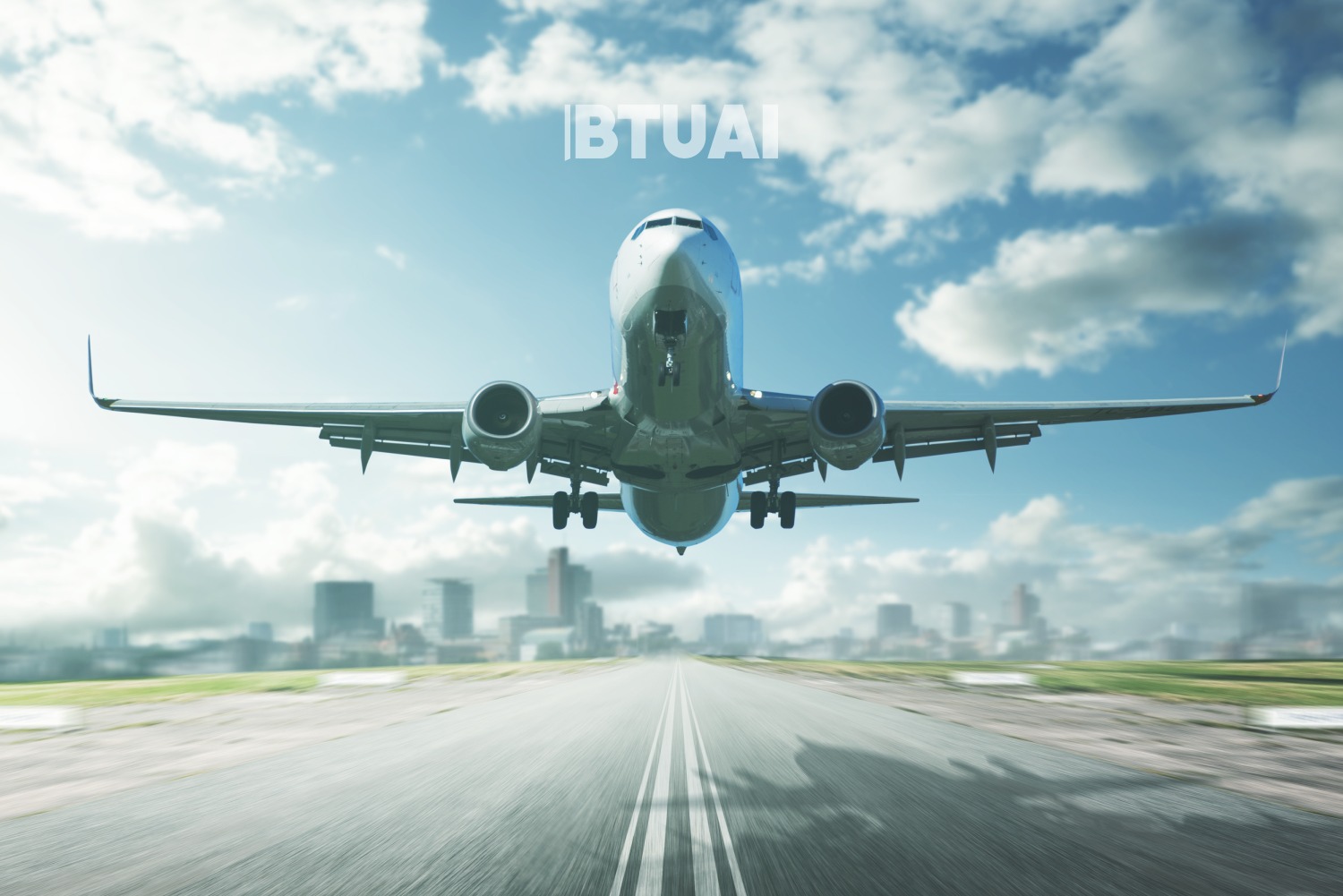Aviation Remains the Safest Mode of Transportation
In today’s world, travelers have many transportation options, but aviation continues to be the safest mode of travel. This

In today’s world, travelers have many transportation options, but aviation continues to be the safest mode of travel. This status was reaffirmed by the latest report from the U.S. Bureau of Transportation Statistics, which highlights aviation as the industry with the highest safety standards. But how has aviation achieved such a high level of safety, and why does it remain the leader in transportation safety?
Compared to cars, trains, and ships, the aviation industry consistently maintains the lowest accident rates. In 2022, a total of 44,546 fatalities were recorded across all transportation incidents in the United States, with only 2,032 related to non-motorized transport. Commercial aviation fatalities were virtually zero, proving that aviation remains the safest and most regulated transportation system.
Why is Aviation So Safe?
Aviation’s high safety standards are not just a result of technological advancements—they stem from decades of experience and rigorous management practices. The industry continuously learns from past mistakes and improves its systems accordingly. As one aviation safety expert puts it, “If the Federal Aviation Administration (FAA) implements a new safety program, it always meets or exceeds industry standards.”
Additionally, organizations such as the National Transportation Safety Board (NTSB) and international regulatory agencies continuously work on safety recommendations, ensuring that every aspect of flight operation meets strict protocols. Thanks to technological innovations, modern aircraft are equipped with state-of-the-art safety features, making them more reliable and resistant to malfunctions.
Risk Factors & Passenger Responsibility
Despite aviation’s exceptional safety record, zero risk is impossible. Turbulence, human error, and rare technical failures still pose minor risks. Passengers play a key role in maintaining safety by wearing seatbelts and following crew instructions during flights.
Flight attendants are not just service providers—their primary duty is passenger safety. Their training includes emergency response procedures, ensuring they can handle critical situations effectively.
Challenges & Future Improvements
One of the main challenges in aviation safety is the constant turnover of personnel. The industry faces high employee rotation, not just among pilots but also within technical and maintenance staff. While automation and artificial intelligence are helping reduce human errors, training new generations of aviation professionals remains crucial.
However, the industry continues to evolve and improve. New aircraft designs now incorporate backup safety systems, adding additional layers of protection against potential failures.
Conclusion: The Future of Aviation Safety
Modern aviation safety standards demonstrate that technological advancements, strict regulations, and effective personnel management work together to keep aviation the safest mode of transport.
While passengers must also take personal responsibility for their safety, by following onboard safety protocols, the aviation industry is committed to further innovation and improvements.
Looking ahead, aviation will continue to strengthen its safety measures, making air travel even safer, more efficient, and more comfortable for passengers worldwide.




